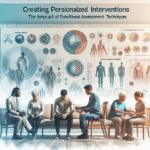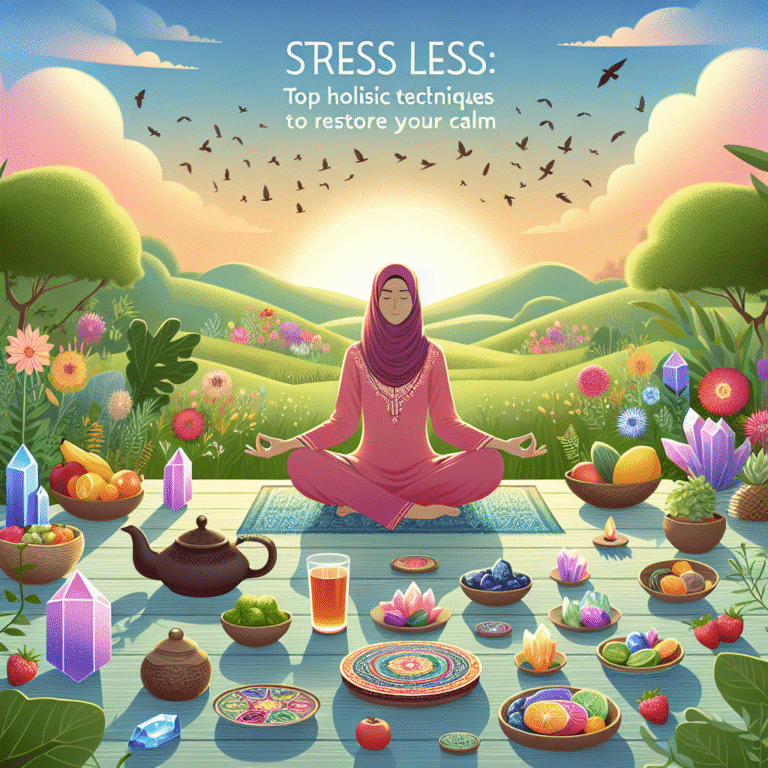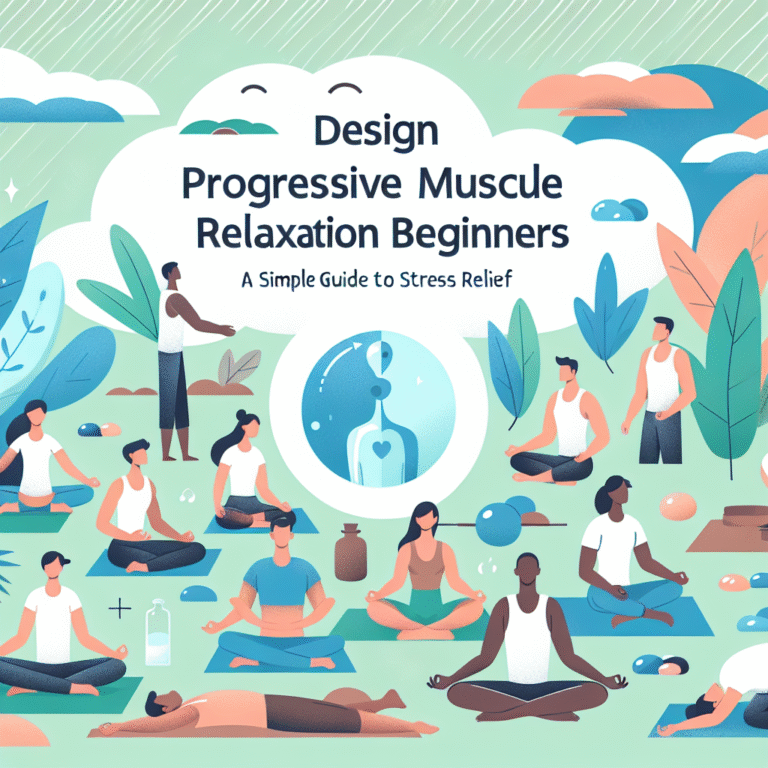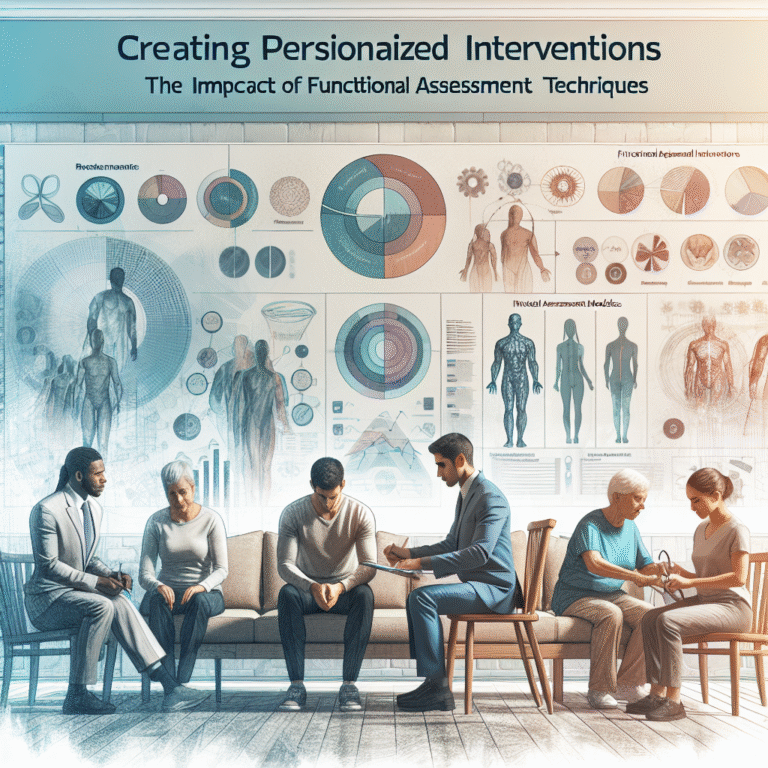
From Tightness to Tranquility: The Science Behind Progressive Muscle Relaxation
Introduction
Stress is an inescapable part of modern life, affecting our physical and mental health in profound ways. Many of us carry tension in our bodies—tight shoulders, clenched jaws, or a tense back—often without realizing it. What if there were a proven method to dissolve this tightness and cultivate a sense of calm and tranquility? Welcome to the fascinating world of Progressive Muscle Relaxation (PMR). This essential technique takes you on a journey "From Tightness to Tranquility," combining science and practice to help you relieve stress and improve your overall well-being.
The Foundations of Progressive Muscle Relaxation
Progressive Muscle Relaxation, developed by Dr. Edmund Jacobson in the early 20th century, is a systematic technique designed to reduce muscle tension and alleviate stress. The crux of PMR lies in the intentional contraction and relaxation of muscle groups throughout the body, promoting heightened awareness of physical sensations. This practice enables individuals to identify areas of stress, providing a pathway to relaxation.
The Mechanism of Action
At the heart of PMR is a simple yet effective principle: when you release tension in your muscles, you release stress. This concept is supported by various studies demonstrating that regular practice can lead to reduced anxiety, lower blood pressure, and improved sleep quality. When you practice PMR, your body decreases the levels of cortisol—the stress hormone—and increases serotonin, the feel-good chemical.
The Science Behind Muscle Tension and Relaxation
Muscle tension often goes hand-in-hand with stress. When you experience stress, your body goes into fight-or-flight mode, leading to involuntary muscle tension. By consciously relaxing these muscles, you can shift the balance from a state of tension to one of peace. This physiological response is key to the success of PMR. Research indicates that not only does PMR effectively lower perceived stress levels, but it also contributes to long-term resilience against anxiety and stress-related disorders.
Step-by-Step Guide to Progressive Muscle Relaxation
Let’s explore the practical aspects of PMR. Below is a structured approach that you can implement at home, in the office, or anywhere you feel tension building.
Step 1: Find a Comfortable Space
Locate a quiet environment where you can sit or lie down comfortably. This space should be free of distractions, allowing you to focus entirely on your body.
Step 2: Take Deep Breaths
Begin with a few deep breaths. Inhale deeply through your nose, filling your lungs, and exhale slowly through your mouth. This will help ground you and prepare your mind and body for relaxation.
Step 3: Start with Your Feet
- Tighten: Curl your toes tightly and hold for 5-10 seconds.
- Release: Relax your toes and notice the difference.
Step 4: Progress Upwards
Continue this process, moving up through your body:
- Calves: Flex your feet upwards.
- Thighs: Squeeze your thigh muscles together.
- Abdomen: Contract your stomach muscles.
- Hands: Make fists.
- Arms: Tense your biceps by bringing your arms towards your shoulders.
- Shoulders: Lift your shoulders towards your ears.
- Face: Scrunch your facial muscles.
At each stage, focus on the sensations you experience during tension and release. This practice helps reinforce the mind-body connection.
Step 5: Visualization and Affirmations (Optional)
While practicing PMR, visualize each area of your body growing heavier as you release tension. You might also want to incorporate positive affirmations, such as "I am relaxed," reinforcing a sense of calm.
Step 6: Slowly Transition Back
Once you’ve completed the cycle, take a few moments to notice how your body feels. Transition slowly back into your daily activities, carrying this sense of tranquility with you.
Frequency and Duration
For maximum benefits, aim to practice PMR daily for about 10-20 minutes. You can adjust the duration based on your schedule and comfort level.
Case Studies: Real-World Applications of PMR
Case Study 1: Stress Reduction in Medical Students
A study examined the effects of PMR on medical students experiencing high levels of stress. Fifty students participated in a six-week program, practicing PMR twice a week. The results indicated significant reductions in perceived stress levels and stress-related symptoms, showcasing PMR’s efficacy in academic environments.
Analysis
This case study exemplifies how PMR not only alleviates symptoms of stress but also enhances academic performance and mental clarity, making it particularly valuable for students facing rigorous demands.
Case Study 2: PMR for Insomnia
In another study, patients suffering from insomnia were introduced to PMR as a part of their treatment. Over a period of eight weeks, participants reported significant improvements in sleep quality and duration. Their anxiety levels decreased, leading to a more restful sleep.
Analysis
This study reinforces the therapeutic potential of PMR in addressing sleep disturbances, making it a practical tool for those struggling with insomnia or poor sleep quality.
The Emotional and Psychological Benefits of PMR
Managing Anxiety and Depression
PMR is not only beneficial for physical well-being; it has profound implications for emotional health. By reducing muscle tension and anxiety, individuals often experience a significant decrease in depressive symptoms. Research shows that regular PMR practice can improve mood and overall quality of life.
Building Resilience
Practicing PMR regularly cultivates resilience against daily stressors. This resilience can extend to coping strategies in challenging situations, enhancing one’s ability to maintain calm and clarity.
Enhancing Emotional Awareness
As individuals become more aware of their physical sensations through PMR, they often gain insights into their emotional states. This heightened body awareness can lead to better emotional regulation, allowing individuals to respond to stress in healthier ways.
Tables and Charts: Understanding the Impact of PMR
| Study Type | Participants | Duration | Key Findings |
|---|---|---|---|
| Medical Students | 50 | 6 weeks | Reduced stress levels and symptoms |
| Insomnia Patients | 40 | 8 weeks | Improved sleep quality and reduced anxiety |
| General Population | 100 | 12 weeks | Enhanced overall well-being and mood stability |
| Variables Measured | Before PMR | After PMR | Change |
|---|---|---|---|
| Perceived Stress Scale | 22 | 15 | -7 (32% decrease) |
| Anxiety Levels (State-Trait) | 30 | 21 | -9 (30% decrease) |
| Sleep Quality (Self-Report) | 4.0 | 8.0 | +4.0 (Improvement) |
These tables highlight the transformative effects of PMR on various populations, underscoring its versatility in addressing stress and enhancing well-being.
Frequently Asked Questions (FAQs)
1. How often should I practice PMR for the best results?
For optimal benefits, aim to practice PMR daily for about 10-20 minutes. Consistency will enhance your ability to relax quickly and effectively.
2. Can PMR help with chronic pain?
Yes! PMR has been shown to help manage chronic pain by reducing muscle tension and promoting relaxation, significantly contributing to pain relief strategies.
3. Is PMR suitable for everyone?
PMR is generally safe for most individuals. However, those with certain medical conditions, such as severe anxiety disorders, may want to consult with a healthcare provider before starting.
4. Can I practice PMR while sitting?
Absolutely! PMR can be practiced while sitting or lying down, making it versatile for various situations, including at your desk.
5. How long does it take to feel results from PMR?
Many individuals report feeling more relaxed after just one session, but significant long-term benefits typically emerge with regular practice over weeks.
Conclusion: Cultivating Calmness in Everyday Life
PMR offers a proven pathway "From Tightness to Tranquility," providing an essential tool for navigating the stresses of modern life. As we journey through the ups and downs of daily existence, incorporating PMR into our routines can profoundly impact our mental, emotional, and physical well-being. The science behind Progressive Muscle Relaxation not only emphasizes its effectiveness but also inspires individuals to explore their relationship with stress and relaxation.
In a world where stress often feels overwhelming, PMR is a beacon of hope and tranquility. By prioritizing this practice, we can transform our lives, empowering ourselves to approach challenges with a refreshed, calm, and resilient mindset. So, take a moment today to breathe, relax, and embrace the peace that comes with this incredible technique.
















